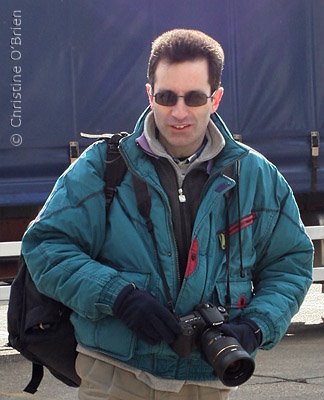Is 10% of the market not enough? - why no left handed digital cameras

Making a digital camera is an expensive business. Why would a manufacturer intentionally restrict likely market appeal to around 10% when compared to any other camera. But wait just a minute. If I come out with a camera for right handed people it is in competition with hundreds of other cameras and will never get anywhere near 10%. In fact a tenth of that would be remarkable. If I were to come up with a left handed digital camera now, in a market without any others, I might well attract more than 1% and my product would be a hot seller compared to anything else. In addition to this, most of the components would likely be the same, so apart from a new body/chassis it would be sharing component and development costs with an existing right handed camera.
Of course, once other manufacturers saw the potential market possibilities, I'm sure there would be competition. But in the early days I would have the market to myself and could be raking it in. If I was smart, I might even manage to establish myself as the brand that people associated with left handed cameras. A John Maw camera might even become the accepted name for left handed cams, just as iPod has become the term people use when referring to MP3 players. I am no economist (a quick glance at my bank statement proves that) but I am sure that this is a winner for a company with some foresight.
What a shame that digital camera manufacture isn't really possible as a cottage industry, or I might be burning the midnight oil in my garage catering for this niche market. By the way, I would need a tester, as I am a member of the other 90%.
Image taken on Uxbridge Common

